Thailand attracts thousands of visitors from all corners of the world. People are drawn to the country’s steamy cities, postcard-perfect beaches, and lush countryside. The self-dubbed Land of Smiles is also a great winter beach getaway, but it’s worth researching the best time to visit Thailand before you book your flight. Thailand’s geographical location and climate sometimes leave the country open to extreme weather, from flash-flooding monsoons to sweltering and high humidity levels.
Thailand is a great tourist destination year-round, but the best weather is between November and April. Besides, the climate in Thailand varies between the west and east coast. On the west coast, September brings some of the most torrential rainfall while the east coast of Thailand gets its highest rainfall in November. The Thai Summer is from April to June. In most of the country, the rainy season is from July to October.
The best time to visit Thailand will depend on where you want to visit once in the country. For example, the islands on one side of Thailand experience a slightly different rainy season from those on the other side. But guess what? This extends Thailand’s sunny, dry season. So if it begins to get grey and rainy in one place, take a short hop over to the sunshine on the other side of the country.
Table of Contents
- The Best Time To Visit Thailand
- High Season, November-April
- Low Season, May To September
- Try Visiting During The Shoulder Seasons
- Best Time When To Visit Thailand’s East Coast
- When To Visit Thailand’s West Coast
- When Is The Rainy Season In Thailand?
- Travelling In Thailand During The Rainy Season
- Timing Thai Festivals
- When To Avoid Thailand
- Booking Flights And Accommodation
The Best Time To Visit Thailand
Without a doubt, the best time to visit Thailand is during the cool and dry seasons that run between November and early April. Temperatures range between 29°C and 34°C. However, because the climate tends to vary throughout the country, you can still visit all year round. Overall, the best time to visit is the cool season. Besides having less rain and more manageable temperatures, the waterfalls are in full spate and the flowers in bloom.
The climate in Thailand differs between the western and eastern coasts. The weather on Thailand’s east coast is good for much of the year. January and February have the lowest rainfall while November has the highest. You will also discover that the west is more favourable in the winter months. This is an excellent time for diving and snorkelling.
With such different seasons, weather conditions, and things to do throughout the year, when to visit Thailand should not be a big problem. Depending on the region, you can always fit in. Besides, any time in Thailand is an excellent time to meet her smiling people, sample fresh seafood and spicy eats. The gorgeous temples can be visited any month, and if you are up for it book for a blissful Thai massage.
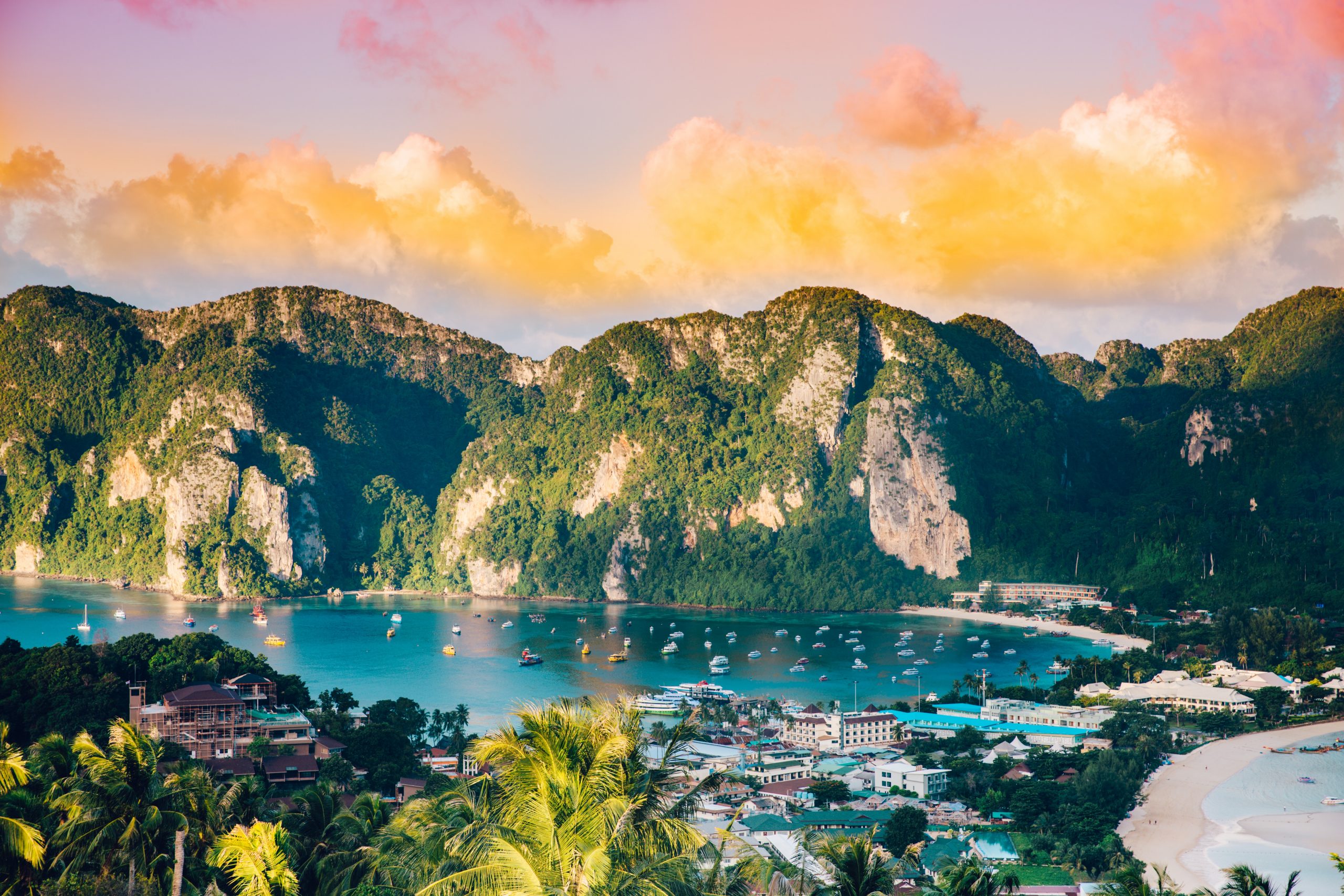
High Season, November-April
Late November to early April is the high season, particularly around Christmas and New Year. The Chinese New Year holidays also contribute significantly to the Thai high season. Hotels and flights are usually at their most expensive. Hotels typically implement stricter deposit, stay, and cancellation policies. This being the busiest season, planning ahead is essential.
Because of the less rainfall and lessened heat, November to April is the best time to be in Thailand. However, expect the crowds to be bigger, flight and hotel rates to be higher as well as the excursions.
Are you looking for a beach holiday in Thailand? We recommend any time between November and February. This is the best time to visit Thailand if you are looking for sun and fun. The skies are beautiful, and you experience less humidity.
Despite being described as the cool season, temperatures in Thailand at this time are still relatively warm and ideal for that perfect tan, and the beach breaks are more pleasant. You may, however, require a light sweater for the evenings, especially if your destination is to the north of Bangkok, the capital city.
Low Season, May To September
In Thailand, summer is sweltering and humid. The summer temperatures can hit 45° Celsius, quite high when compared to the national average of 30°. Summer also comes with much rainfall and storms. It can rain virtually every day. The summer afternoons in Thailand are notorious as they can get intolerably hot and humid. If you love outdoor activities, this may be the best time to be in Thailand.
The stormy weather may not be good if you like surfing, diving, and other water activities. But the good thing is that travelling to Thailand at this time can be very cheap. You can book last minute and even negotiate hotel rates upon arrival. The public attractions and beaches are literally empty. If you are looking for a leisurely vacation, this could easily turn out to be the best time to visit Thailand.
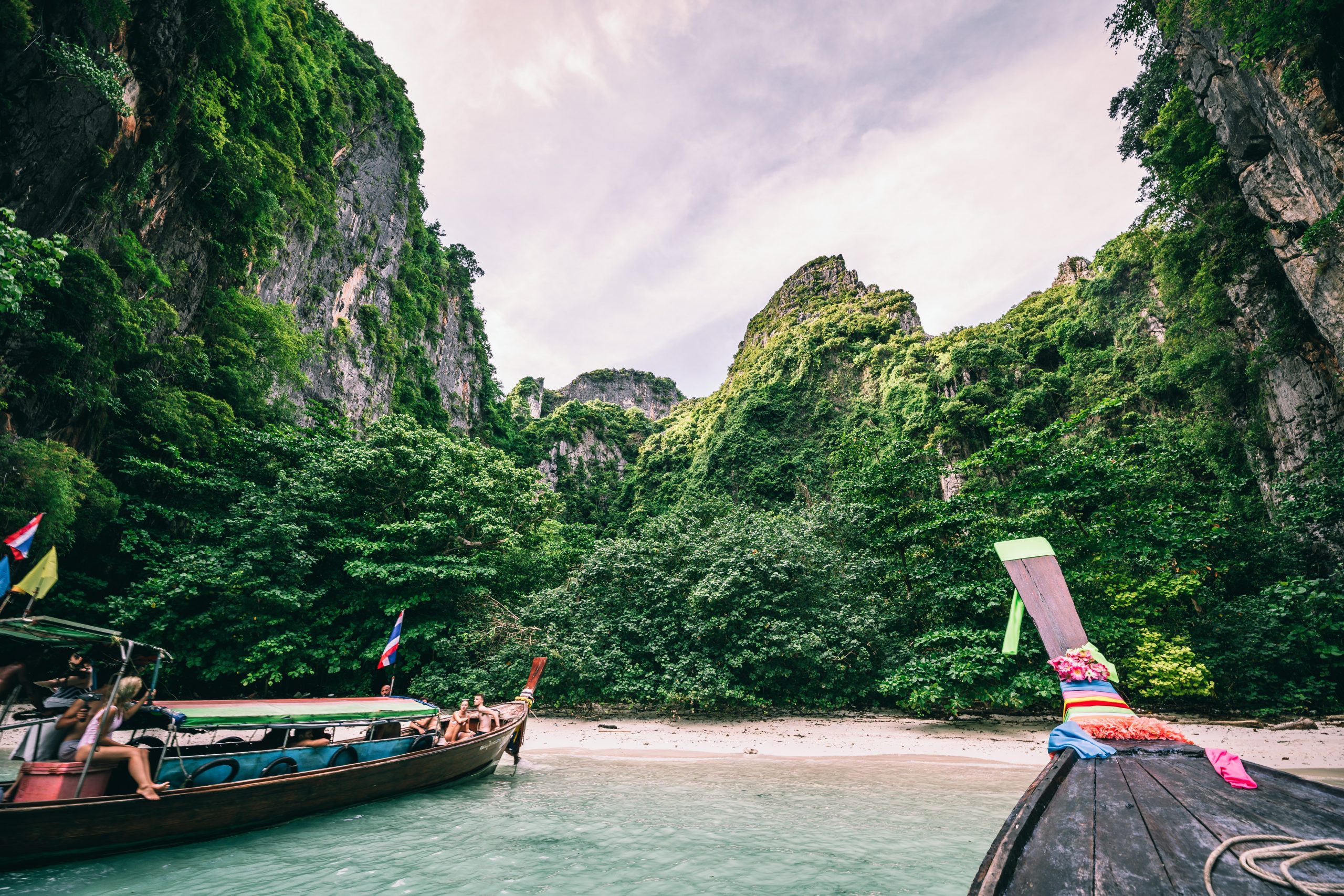
Try Visiting During The Shoulder Seasons
The peak and high seasons are the most expensive times to be in Thailand for obvious reasons. If you’re on a limited budget and looking to keep your travel costs down, the best time when to visit Thailand may be the shoulder seasons. The shoulder season in Thailand is from April and June, and again between September and October. The two periods are an excellent time for either the Monsoon is just setting in or leaving. The temperature is also modest and not very hot.
The shoulder season may also be the best time to visit Thailand because prices are lower, and perhaps more important, the main attractions and beaches are less crowded. The occasional heavy or heavy shower will help cool the temperature. However, the beaches will be off-limits in the event of a storm. Love surfing or diving? This is an excellent time for water activities on Thailand’s west coast.
Temperatures tend to peak around April country-wide, but the good news is that you won’t have to compete for a prime beach spot as people prefer the shade. Hotel rates will also be lower. There is, however, a downside. Ferry services and many businesses on the smaller islands, particularly on the Andaman Seaside, usually shut down as the low season sets in.
The September to October period tends to have more rain, but you will literally have the spaces to yourself.
Best Time When To Visit Thailand’s East Coast
The islands in the Gulf of Thailand – Koh Tao, Koh Samui, and Koh Phangan– generally receive less rainfall compared to the rest of the country including the rainy season. The islands are at their best between late January and mid-March. If you are planning to visit this part of Thailand, January is the freshest month.
February is the sunniest, driest month, and the heat is bearable. March is also relatively dry and sunny. The American and European summer break crowds tend to hit the Gulf islands of Koh Tao, Koh Samui, and Koh Pha-Ngan during July/August. So you can expect crowds in most of the sweet spots up to September because of the beautiful weather.
When To Visit Thailand’s West Coast
Over on the west coast of Thailand and the Andaman Sea, you’ll find the beautiful islands of Koh Phi Phi, Phuket, Krabi, and Koh Lanta. On these Thai islands, the best time for a beach holiday comes slightly earlier, December and January. The fresher weather, minimum rainfall, and maximum sunshine combine to give visitors the best beach holiday.
Tip: Plan and book early if you want to get the best of these islands during the peak season.
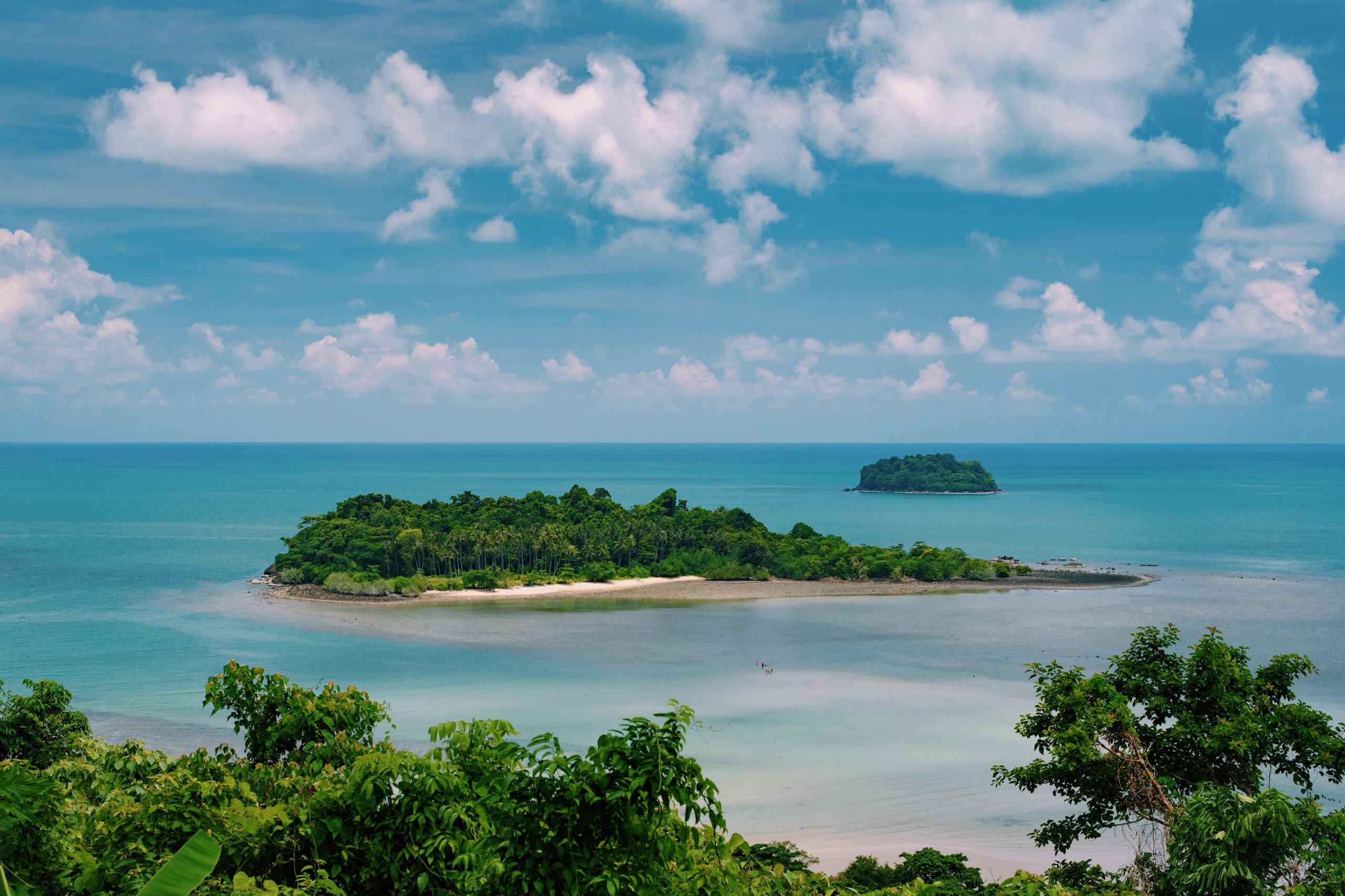
When Is The Rainy Season In Thailand?
The rainy season typically takes place between July and October. The months’ May and June will sometimes also experience some extra rains leading to the official monsoon season.
During the rainy season in Thailand, the daily high reaches 32C (89F) and the low around 25C (78F). April and May are the hottest months. The two months that typically get the most rainfall in Thailand are August and September, and may not be the best time to visit Thailand.
During the rainy season, the seas are usually very rough, and you can expect frequent storms and large waves. It can be quite dangerous for beachgoers and watersports. An excellent place to visit during the rainy season is in the northern part of the country where the hills, mountains, and rice terraces turn dazzling shades of green. At this time, you can get cheap flights to the mountainous city of Chiang Mai, and you also get the best hotel deals.
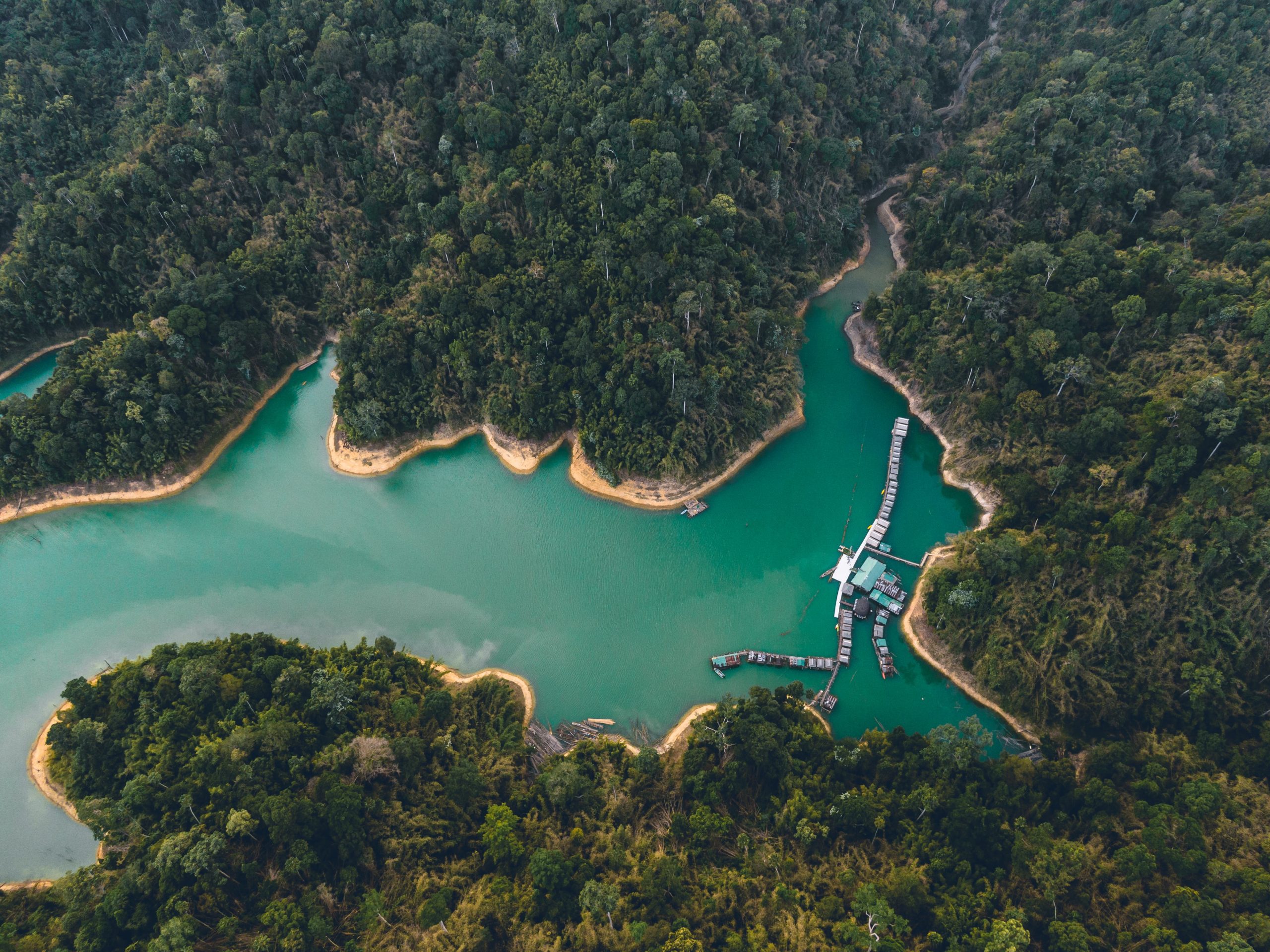
Travelling In Thailand During The Rainy Season
You have probably heard nightmare stories about people travelling to tropical countries in Asia during the monsoon season. However, even though the Thai rainy season can be a challenge, there are plenty of tips that can help you experience an amazing time in this part of Asia. First and foremost is to know when to travel to Thailand.
The fact is that if you travel to Thailand during the rainy season, you cannot escape getting wet. However, it’s possible to have a great time if you schedule activities appropriately and accept that even your best plans might be interrupted by a sudden downpour.
While it can literally rain for days on end at times, it’s also possible to get week-long stretches of sunny and dry weather during the official rain period. And guess what? Because fewer travellers are ready to change that, it means you might as well just have the best spots like Phuket and Krabi all to yourself.
For many westerners, the monsoon may not be the best time to visit Thailand. But first, what is the Monsoon? Although the terms rainy season and the monsoon season are typically used interchangeably, the monsoon actually means a specific period of time when the winds from the Indian Ocean bring moisture to the Southeast Asian subcontinent. The monsoon winds also cause the wet and humid weather we normally associate with the rainy season in many parts of Asia. They are also responsible for some of the strongest tropical storms that happen during the rainy season.
Timing Thai Festivals
In Thailand, you get to enjoy several events and festivals throughout the year. It doesn’t matter when you visit Thailand; a festival awaits you. Notable ones include the Flower Festival in Chiang Mai, Thai New Year, Chinese New Year, Christmas, and New Year. If you are in Thailand, over the New Year, be ready for action and fun as this is big in the Land of Smiles.
It’s worth noting that the cool season in Thailand is also when the bulk of festivals get staged. In particular, the months leading up to Christmas are packed – with many events ranging from boat races to elephant round-ups. January has its share of fun and highlights include the Flower Festival and the Chinese New Year.
When To Avoid Thailand
Although there generally is no lousy time when to visit Thailand, there are, however, times that are better suited to visit particular locations. Northern areas of the country can see flash floods, lots of mud, and flooded roads. Generally, the south is best avoided in October and November. Between November and March, the Similan Islands are closed.
The Andaman coast and Koh Change should be avoided in June and July. Storms and heavy rains combine with a choppy sea creating conditions that are less than conducive. The hot season in Isan and Central Thailand can be uncomfortable and brutal. On the other hand, the cool season experienced in Northern Thailand might prove too chilly for some.
The notorious burning season in Chiang Mai is usually experienced between February and April. This is the period when you encounter thick smoke hanging in the air with the air quality greatly diminished.
Booking Flights And Accommodation
You must not forget to book your flights and accommodation in advance. It would be such a big shame to arrive in Thailand and miss all the good accommodation spots. If you are planning to be in the country anytime between November and February, be ready to part with more cash. This is the High Holiday season, and the favourable weather conditions bring visitors in droves and hotels are heavily overbooked.
We recommend booking in advance if you want value for your money and the best deals. The low season is between March (after celebrating the Chinese New Year) and October. This is also a great time to visit Thailand as the flights and accommodation are generally much cheaper.

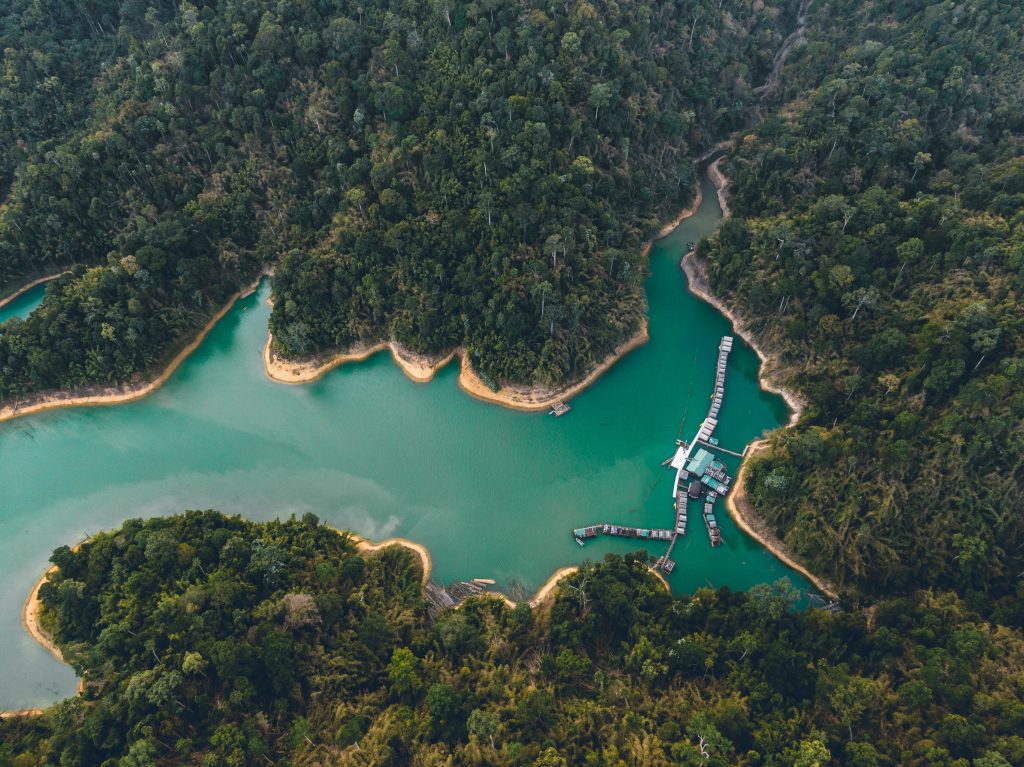


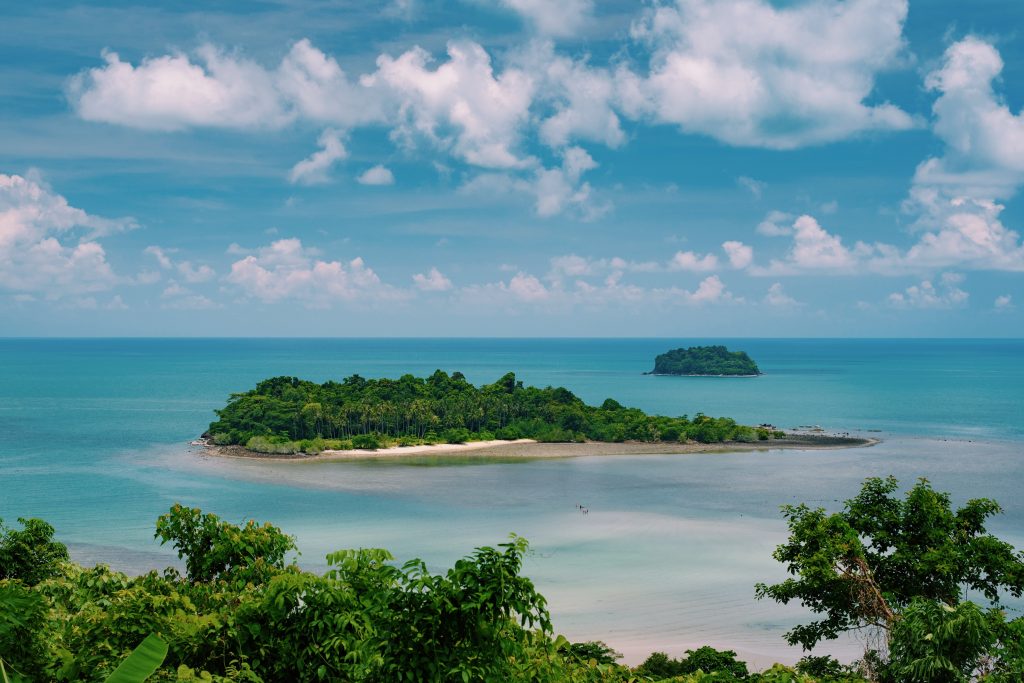
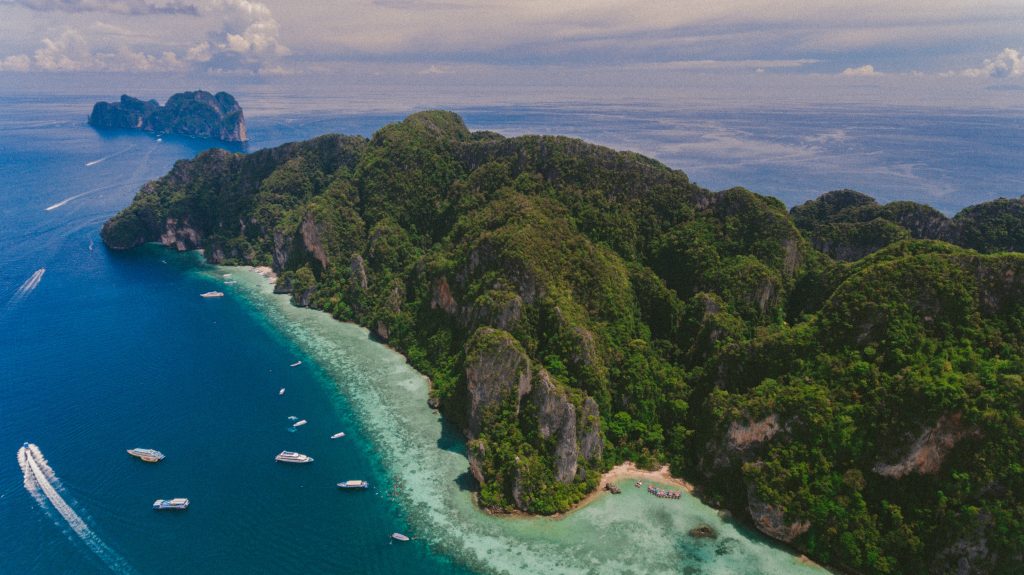
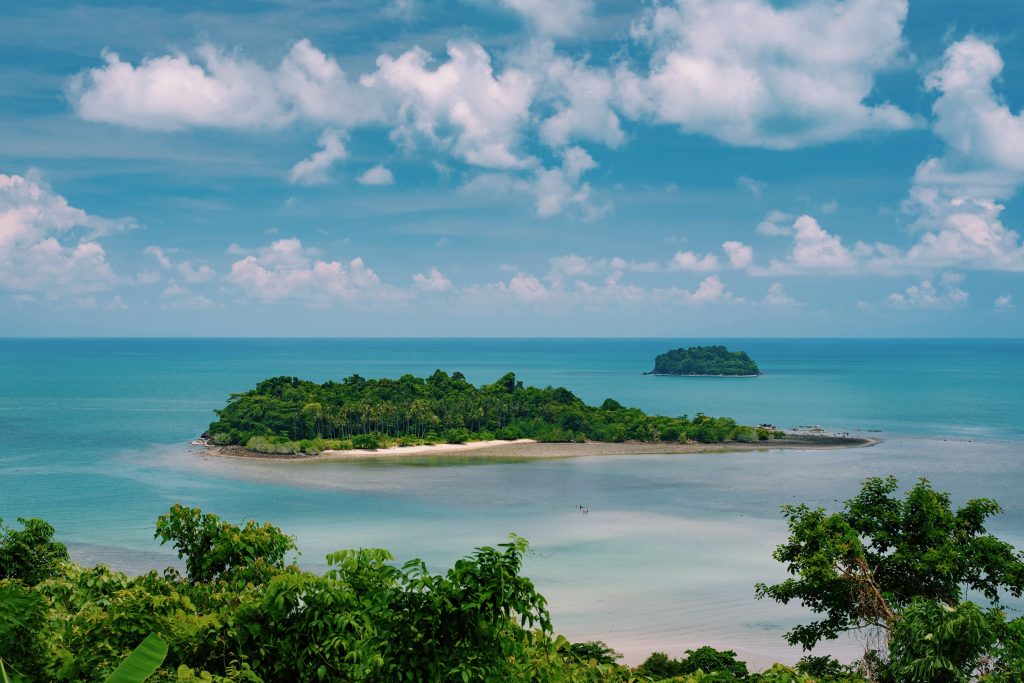


Leave a Reply